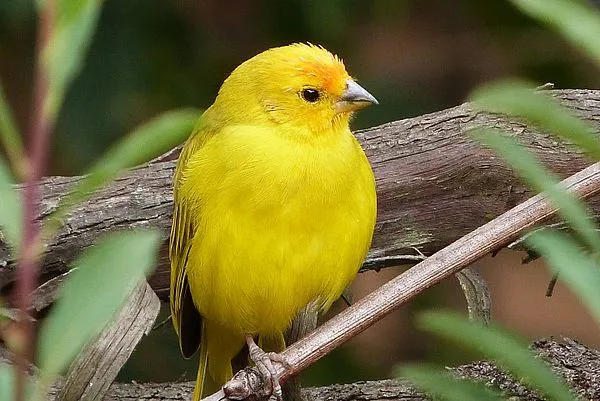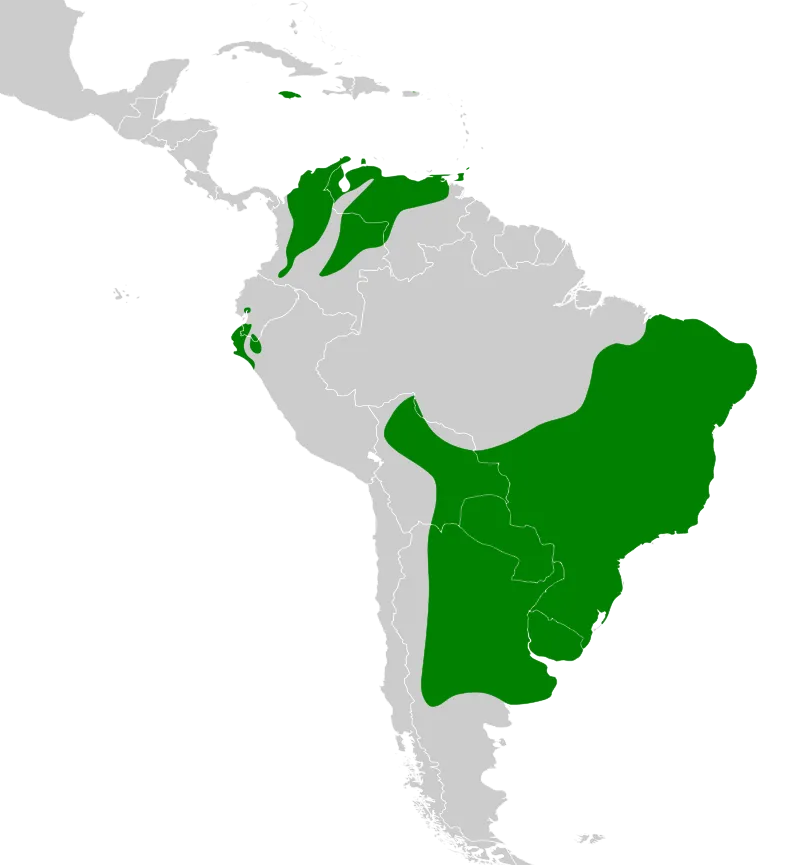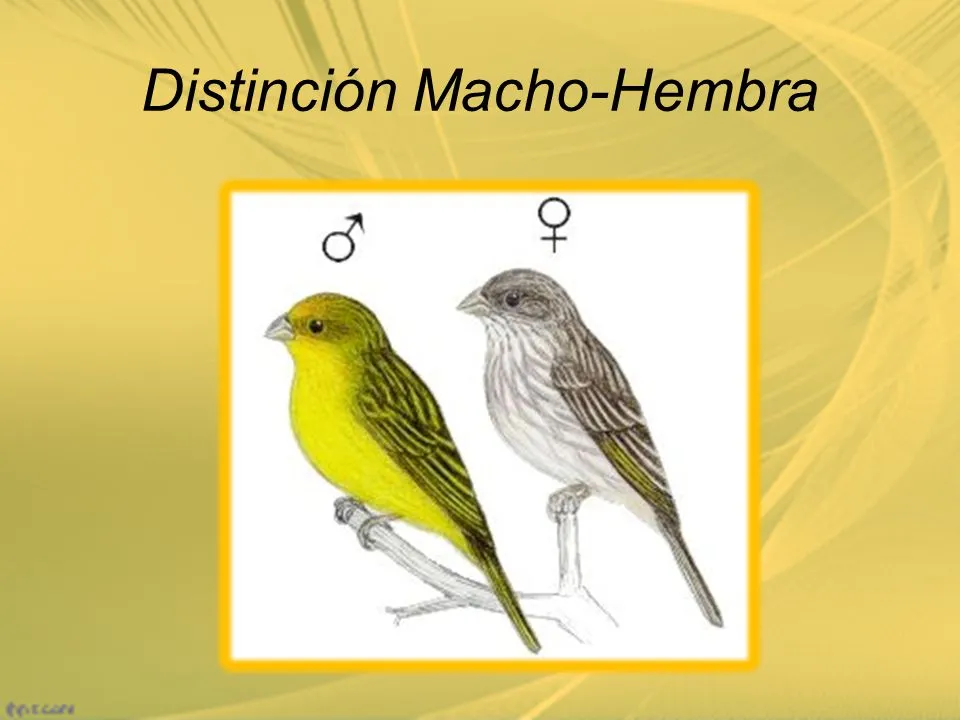
Source
Hola amigos observadores de aves, en esta ocasión he tenido la oportunidad de grabar en video una de las aves que más se pueden ver en la ciudad donde vivo, se ven con frecuencia en los tejados, en los parques y en las aceras comiendo semillas de la plantas que crecer entre las redendijas, y que comúnmente se les ve en grupos de más de 4 aves o en pareja.
Hello birdwatcher friends, this time I had the opportunity to record on video one of the birds that can be seen a lot in the city where I live, they are often seen on rooftops, in parks and on sidewalks eating seeds of the plants that grow between the cracks, and commonly seen in groups of more than 4 birds or in pairs.
Esta ave se conoce como Chirigüe azafranado o canario de los tejados, según Wikipedia su nombre científico es Sicalis flaveola, pertenece a la familia Thraupidae y al género Sicalis. Se encuentra distribuida en una parte importante de Suramérica, y debido a que por su bonito canto se ha comercializado para tenerlas enjauladas en casas, ha sido introducido en diversos países fuera de su hábitat natural.
This bird is known as the Saffron-crowned Chirigüe or roof canary, according to Wikipedia its scientific name is Sicalis flaveola, it belongs to the family Thraupidae and to the genus Sicalis. It is distributed in an important part of South America, and because of its beautiful singing it has been commercialized to be kept in cages in houses, it has been introduced in several countries outside its natural habitat.
Esta ave se alimenta de semillas, algunos brotes de plantas y escasamente de insectos, mide entre 13 y 14 cm, y el macho es de color amarillo intenso, con la coronilla ligeramente naranja y con cierta tonalidad olivácea por la parte superior, la hembra es muy similar pero su tonalidad es más pálida, aunque honestamente entre tantos que he visto no he notado diferencia alguna, lo que me hace pensar que en esta zona geográfica la diferencia entre el macho y la hembra es imperceptible.
This bird feeds on seeds, some plant shoots and scarcely on insects, it measures between 13 and 14 cm, and the male is bright yellow, with a slightly orange crown and a certain olive hue on the top, the female is very similar but its hue is paler, although honestly among so many I have seen I have not noticed any difference, which makes me think that in this geographical area the difference between the male and female is imperceptible.
Esta ave aparece en los alrededores de mi casa, atraída por el arroz que en ocasiones se coloca para que se alimenten, sin embargo, en esta ocasión, se los colocó alpiste, por lo que en el video se puede apreciar cómo se toma su tiempo para quitar la cascara de la semilla de alpiste.
This bird appears in the surroundings of my house, attracted by the rice that is sometimes placed for them to feed on, however, on this occasion, it was placed on birdseed, so in the video you can see how it takes its time to remove the hull of the birdseed.
Espero hayan disfrutado el video de esta hermosa ave, sigo esperando que otras aves más exóticas me visiten para compartirlas con ustedes.
I hope you enjoyed the video of this beautiful bird, I am still waiting for other more exotic birds to record to share with you.


